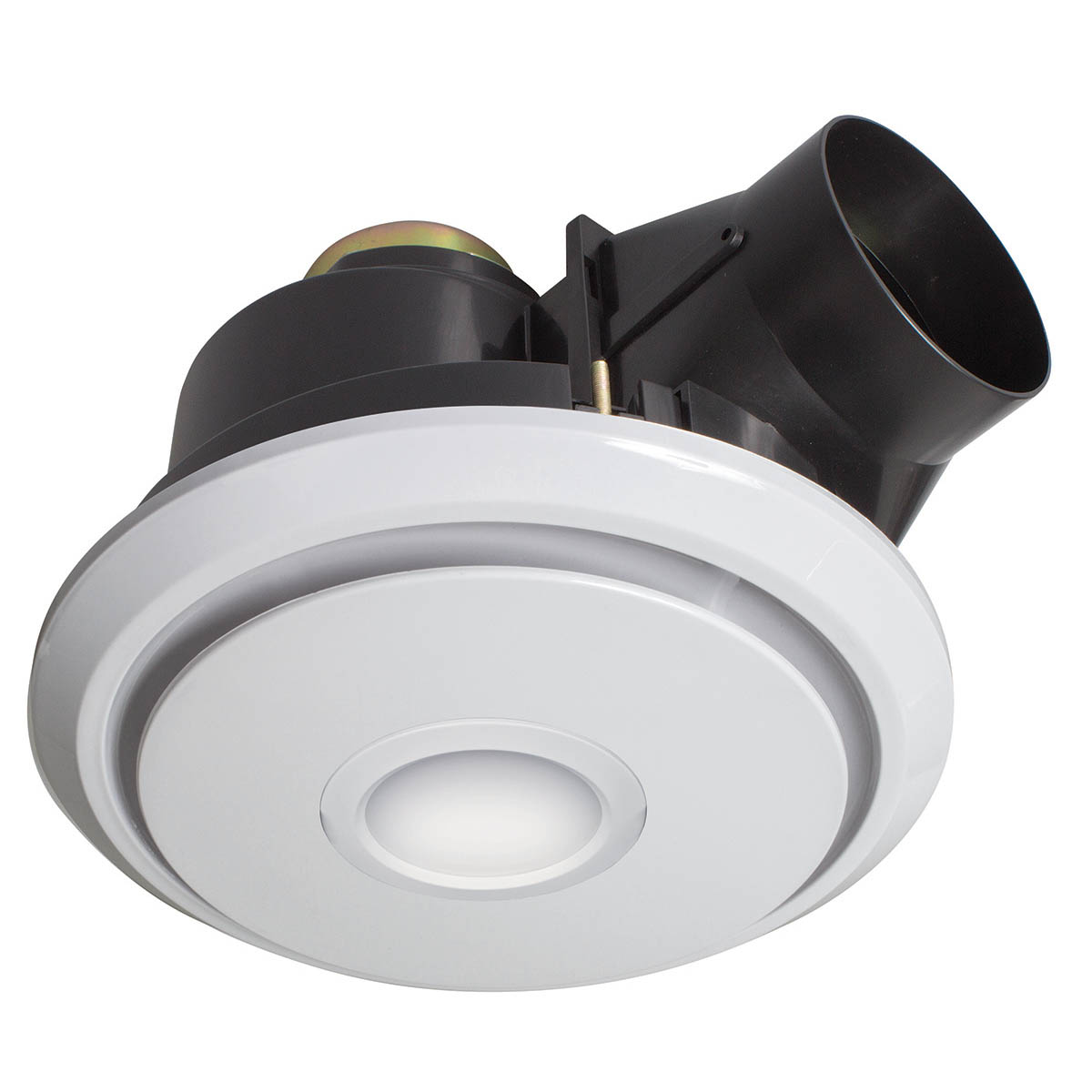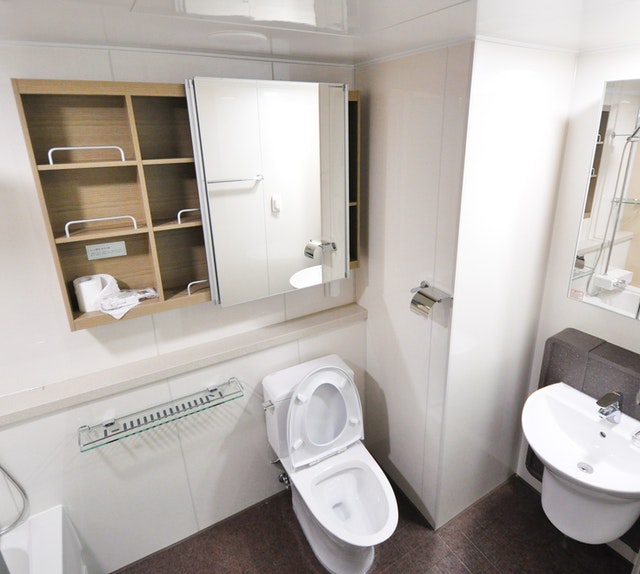 Among the different parts of a home, the bathroom is where we spend a lot of our time daily. Given this, many of us invest a great amount of time, even money just to make sure that we have a great bathroom.
Among the different parts of a home, the bathroom is where we spend a lot of our time daily. Given this, many of us invest a great amount of time, even money just to make sure that we have a great bathroom.
Daily bathroom activities like showering and bathing could contribute to a great deal of humidity to the air supply in the home. If there is not enough ventilation in the bathroom, any extra airborne moisture could wreak havoc in the home. At the same time, it could promote mold and the growth of mildew, thus making the air feel warm and sticky and puts undue strain on your HVAC unit. As a result of all these, your energy consumption increases. But here are some of the best ventilation tips that could help prevent such problems.
Importance of Proper Bathroom Ventilation
Having a proper ventilation system in the bathroom is of great importance for everyone. Most of all, you cannot just assume that the one you already have is giving proper ventilation. For example, exhaust fans that do not have the right ventilation could cause serious moisture issues in the home. Given this, there are a lot of local counties that implement building codes that need specifications for a bathroom ventilation.
-
Opt for Ventilation Fans that has Enough Capacity
To get rid of the excess moisture in an average-sized bathroom, you need to be sure that you have a CFM of fan capacity every square foot of the space. For bathrooms that are more than 100 square feet, they need another 50 CFM for every toilet, shower, or bathtub, as well as an extra 100 CFM for the jetted bathtub. As soon as you have figured out the right capacity, you may choose a single and powerful fan. You may also make use of multiple units in smaller sizes.
-
Duct your Bathroom Fans Properly
Fan ducts in the bathroom should not run up to the attic or in between the ceiling joints as such would send moist air to the unfurnished areas where mold growth and structural decay could take place unnoticed.
To guarantee proper ventilation, fans need to always be directly ducted outside so that humidity will not be retained outdoors.
-
Choose the Right Locations for Your Fan
When you decide to install a fan, position it in the ceiling on top of a fixture like a shower or bathtub enclosure. For separate toilet areas, they need to have their own unit. You need to be sure that the fans are placed at a distance from the HVAC air vent. It should also undercut the door of the bathroom so replacement air will be pulled easily from the outside.
-
Fan Use should be Convenient
For more effective ventilation, your fan should run for at least 15 minutes after every bathroom use, then you may choose models that have features that make it so easy. Opt for fans that come with built-in sensors that would start them up as soon as the door opens and has times that will automatically shut them off. You may even choose one that has a humidity sensor so it would run whenever that air has enough moisture.

